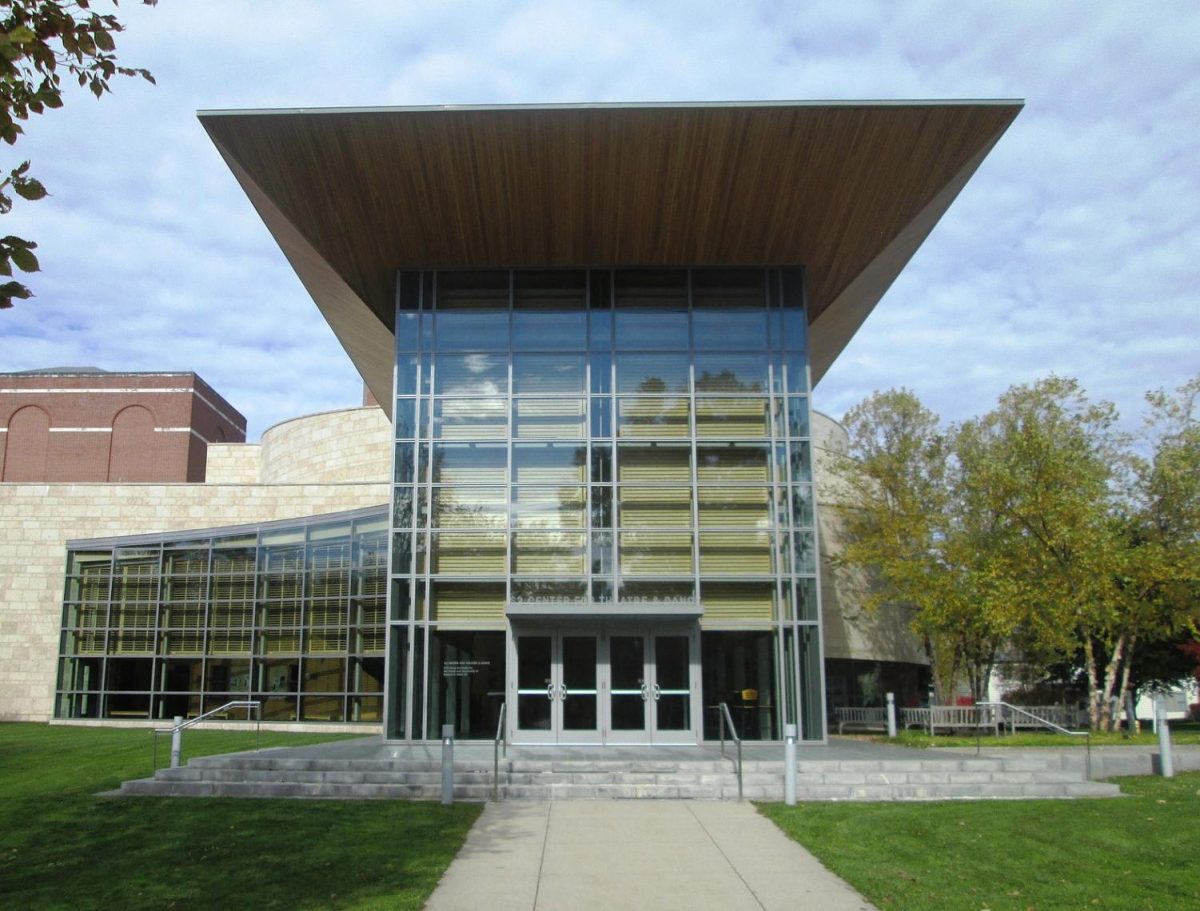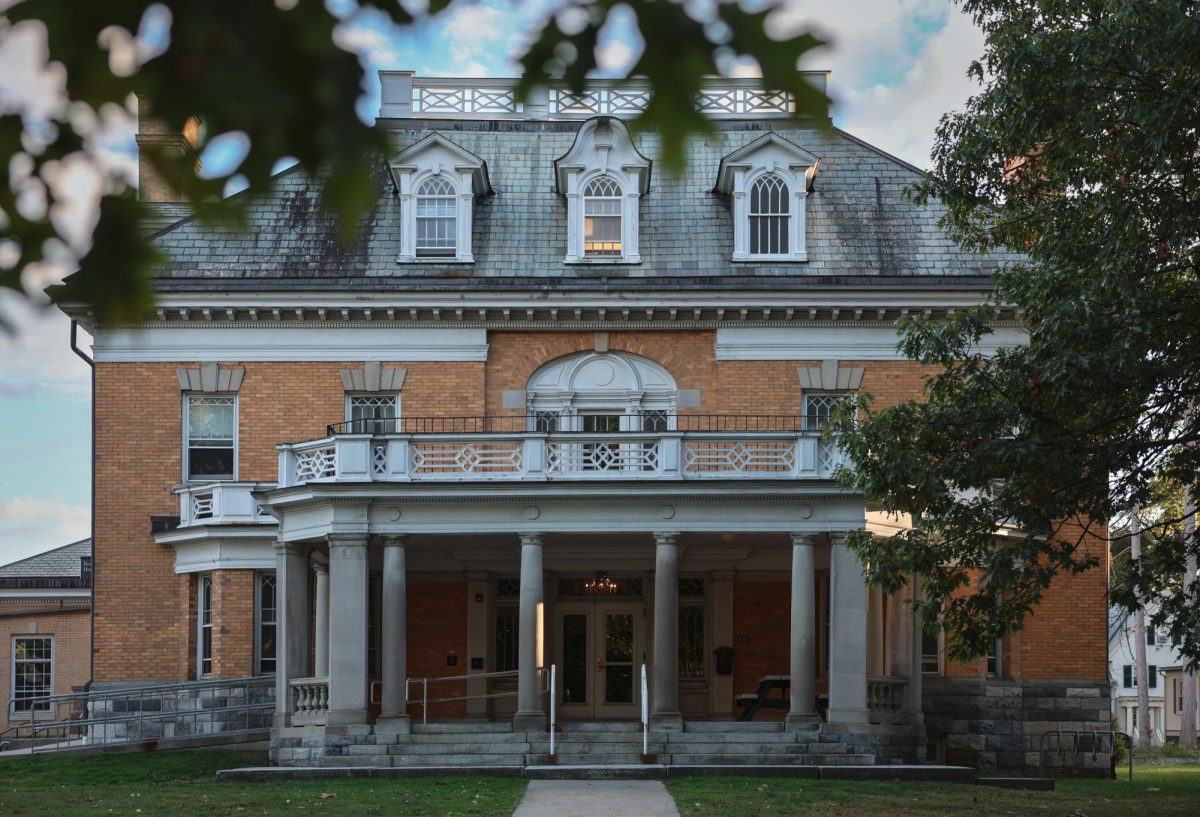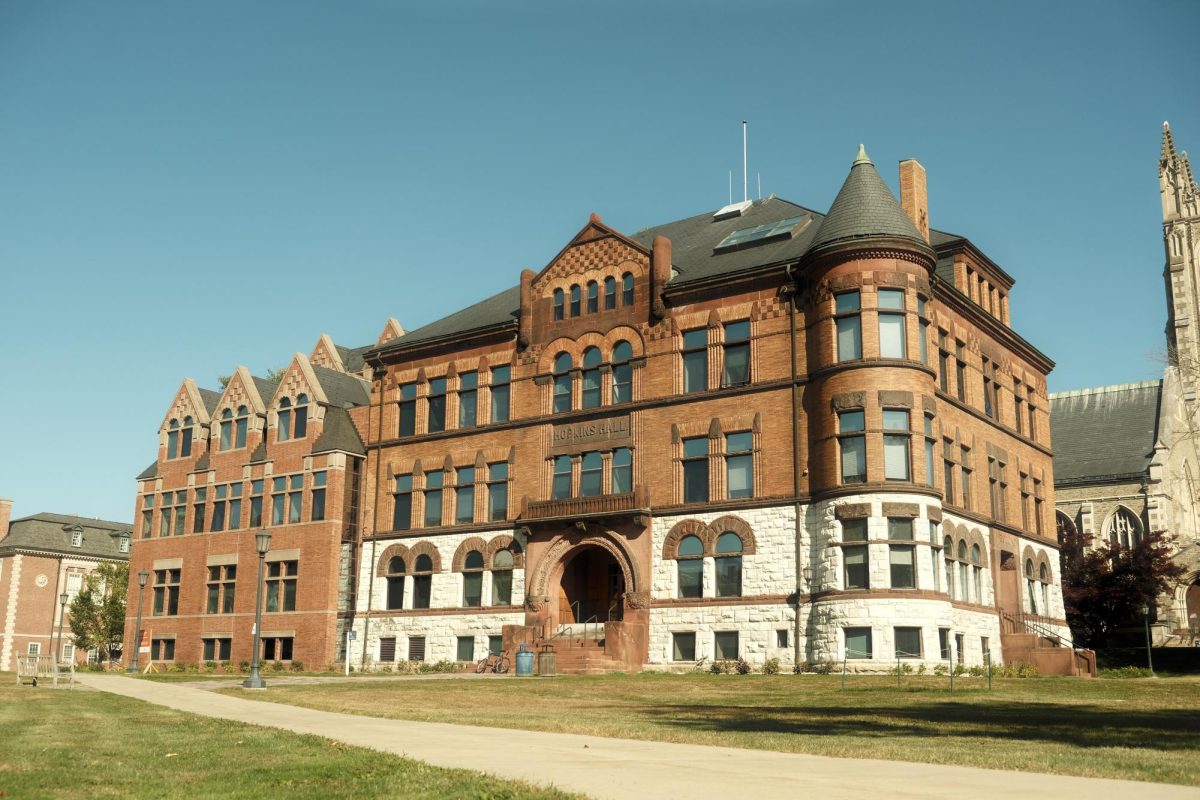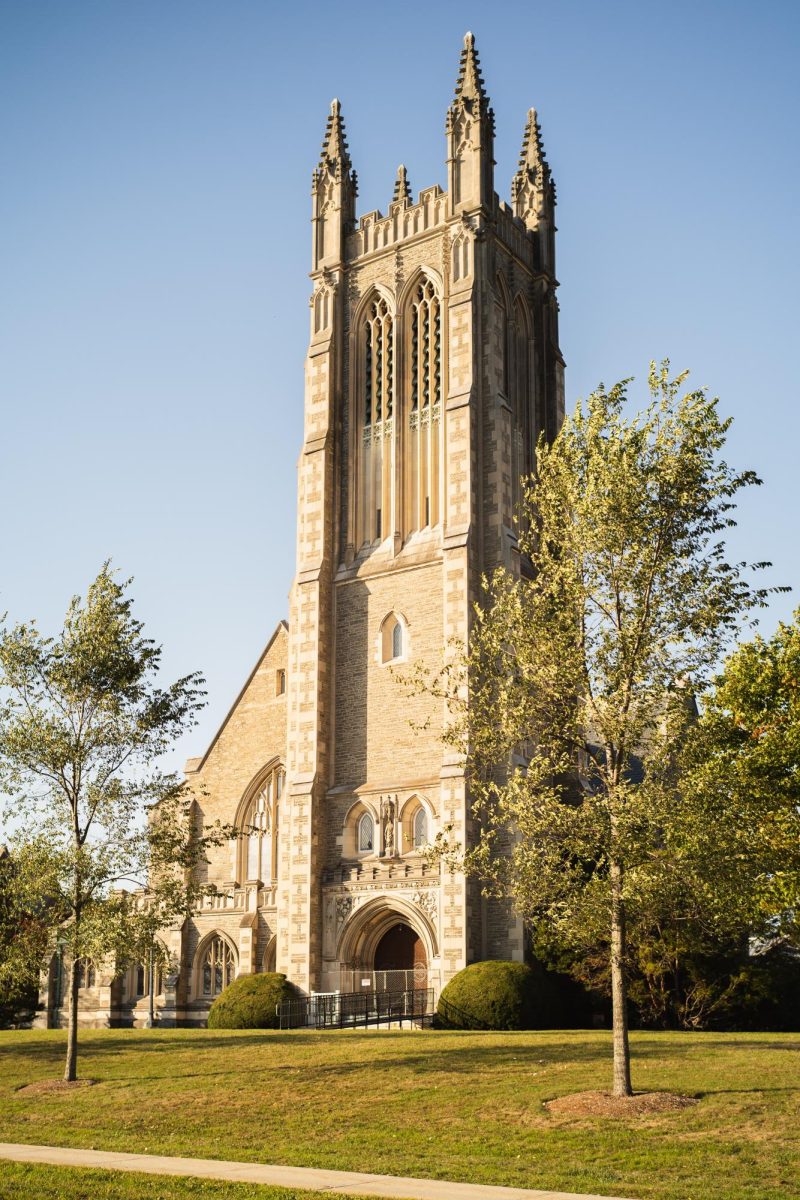Robin Zape-tah-hol-ah Minthorn, a professor at the University of Oklahoma, presented “Indigenizing the Academy: Cultivating a Tribal Community Consciousness in Higher Education,” this year’s installment of the annual W. Allison Davis, Class of 1924, and John A. Davis, Class of 1933, Lecture on Nov. 9. The event was also co-sponsored by the Oakley Center for the Humanities and Social Sciences and the Davis Center.
Minthorn, an enrolled citizen of the Kiowa tribe of Oklahoma, is descended from the Umatilla, Nez Perce, Apache, and Assiniboine Nations. She is a professor of educational leadership and policy studies at the University of Oklahoma and previously was an associate professor at the University of Washington Tacoma’s School of Education, where she was also the director of the Educational Leadership Doctoral Program and the director of Indigenous Education Initiatives.
Minthorn is a co-editor of Indigenous Leadership in Higher Education, a journal published by Routledge Educational Leadership Research Series; Reclaiming Indigenous Research in Higher Education and Indigenous Motherhood in the Academy; and Unsettling Settler Colonial Education: The Transformational Indigenous Praxis Model. She currently serves as an at-large board member for the Association for the Study of Higher Education and is the first Native American to serve in this role in the association’s history.
After an introduction by Berenize Garcia Nueva ’24, Minthorn began the talk with an expanded land acknowledgment, incorporating videos of Puyallup tribe members on their land and a short guided meditation in the Muckleshoot language. With the intention of centering a mindful awareness of ancestry, Minthorn also shared a personal family story as part of the land acknowledgement.
Minthorn then discussed the state of Indigenous representation in the academy, incorporating statistics from the Postsecondary National Policy Institute and Higher Education Today. She discussed paths to encourage Indigenous success, emphasizing that Indigenizing the academy would improve it.
Much of her discussion stemmed from what she had learned during her time working as the Director of Indigenous Education Initiatives at the University of Washington Tacoma, which included directing the Indigenous-centered Muckleshoot Cohorts within the doctoral program in educational leadership. All students and faculty in the program either work for or are participants in tribal communities. The connections formed in this groundbreaking program informed Minthorn’s approach to Indigenizing the academy, she said.
Minthorn separated her charge to Indigenize the academy into four strands. First, she raised the importance of unsettling and decolonizing approaches to education. She recommended instituting land acknowledgements and implementing Indigenizing praxis. Third, she advocated for the formation of reciprocal relationships with tribal communities. Lastly, she highlighted the importance of engaging in heartwork to empower Indigenous communities.
Questions from the audience after her talk included a request for suggestions on how to build an Indigenous studies program at the College and other ways in which the College could Indigenize itself further. Minthorn recommended hiring Indigenous liaisons and board of trustees members, as well as potentially providing Indigenous students who have been accepted to the College with a welcoming program and Indigenous faculty members with resources that allow them to connect fully with their communities.
“Something I take with me, on a daily basis, is: Have I made my ancestors proud today?” Minthorn said in closing. “I hope that you will think about your ancestors, and how you’re making them proud on a daily basis, and that you will take them with you for when you have those hard times and you have to speak up.”









